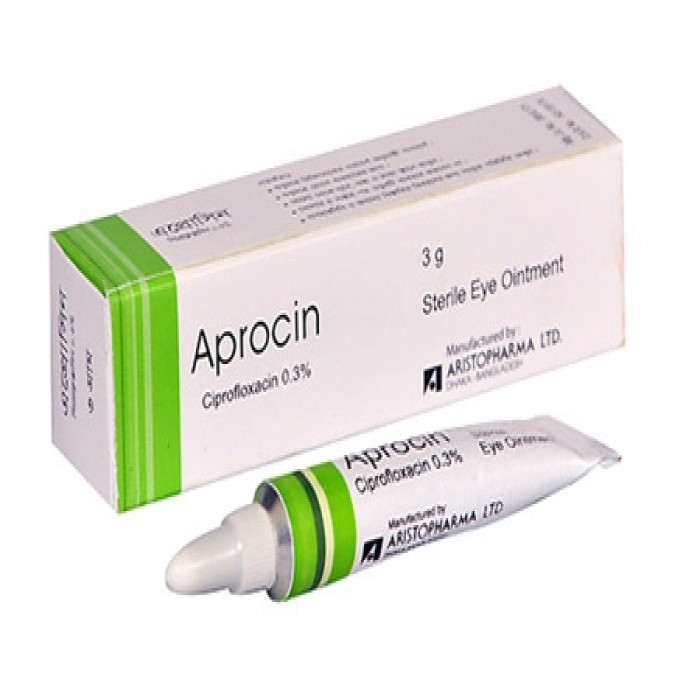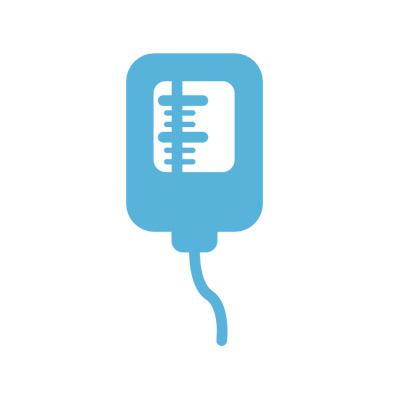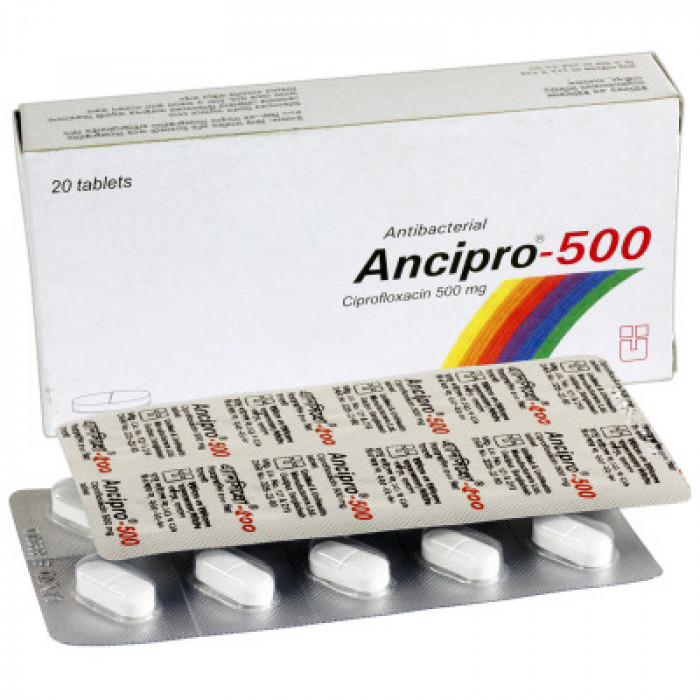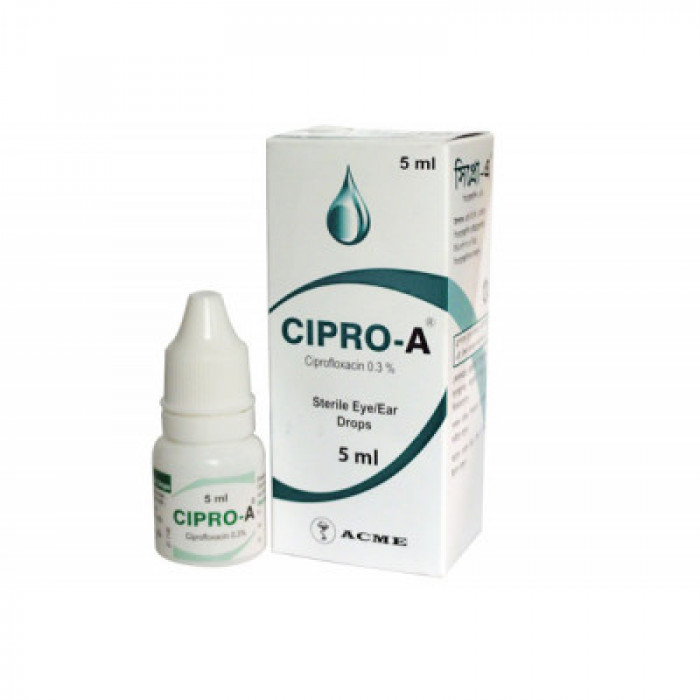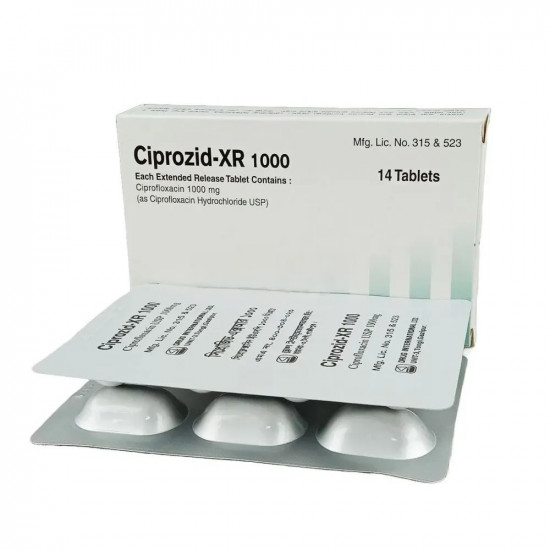
✔ 100% Authentic Product
👁️ Currently Viewing 1360
Ciprozid XR 1000 Tablet | 1 Strip
Ciprofloxacin, the active ingredient, is a synthetic quinolone antibiotic with broad-spectrum activity. It is highly effective against many gram-negative aerobic bacteria, including Enterobacteriaceae and Pseudomonas aeruginosa, and also active against certain gram-positive bacteria, including penicillin-resistant Staphylococcus aureus. Its bactericidal action results from inhibition of bacterial DNA gyrase, an enzyme critical for DNA synthesis.
After oral administration, ciprofloxacin is rapidly absorbed, widely distributed in tissues, and has a half-life of ~3.5 hours. Around 30–50% of an oral dose is excreted unchanged in the urine within 24 hours, along with active metabolites.
Discount
Price: ৳ 120
MRP:
৳
126
5%
Off

100% Genuine Products, Guaranteed

Safe & Secure Payments, Always

Fast, Secure & Efficient Delivery

Proper Packaging
 Cash on Delivery - All over Bangladesh
Cash on Delivery - All over Bangladesh Regular Delivery - 12-24 Hours, Dhaka City* Charge Tk.39-59
Regular Delivery - 12-24 Hours, Dhaka City* Charge Tk.39-59 Regular Delivery - 24-48 Hours, Other Cities* Charge Tk.99-110
Regular Delivery - 24-48 Hours, Other Cities* Charge Tk.99-110
 ফ্রি ডেলিভারিঃ - ৯৯৯ টাকা+ অর্ডারে, ঢাকা
শহরে
ফ্রি ডেলিভারিঃ - ৯৯৯ টাকা+ অর্ডারে, ঢাকা
শহরে ফ্রি ডেলিভারিঃ - ২৯৯৯ টাকা+ অর্ডারে, ঢাকার
বাহিরে
ফ্রি ডেলিভারিঃ - ২৯৯৯ টাকা+ অর্ডারে, ঢাকার
বাহিরে
100% Genuine Products, Guaranteed
Safe & Secure Payments, Always
Fast, Secure & Efficient Delivery
Proper Packaging
 Cash on Delivery - All over Bangladesh
Cash on Delivery - All over Bangladesh Regular Delivery - 12-24 Hours, Dhaka City* Charge Tk.39-59
Regular Delivery - 12-24 Hours, Dhaka City* Charge Tk.39-59 Regular Delivery - 24-48 Hours, Other Cities* Charge Tk.99-110
Regular Delivery - 24-48 Hours, Other Cities* Charge Tk.99-110 ফ্রি ডেলিভারিঃ - ৯৯৯ টাকা+ অর্ডারে, ঢাকা
শহরে
ফ্রি ডেলিভারিঃ - ৯৯৯ টাকা+ অর্ডারে, ঢাকা
শহরে ফ্রি ডেলিভারিঃ - ২৯৯৯ টাকা+ অর্ডারে, ঢাকার
বাহিরে
ফ্রি ডেলিভারিঃ - ২৯৯৯ টাকা+ অর্ডারে, ঢাকার
বাহিরে
✅ Description:
Ciprozid-XR is prescribed for treating single or mixed infections caused by two or more susceptible organisms. It is also effective against infections caused by bacteria resistant to other antibiotics, including aminoglycosides, penicillins, and cephalosporins.
As it achieves therapeutic concentrations in the blood, tissues, and urine after oral administration, Ciprozid-XR is suitable for treating a wide range of infections, including urinary, respiratory, and gastrointestinal tract infections, gonorrhea, and septicemia. Its broad tissue penetration and strong antibacterial effect—especially against Pseudomonas aeruginosa—allow it to be used alone (pending sensitivity tests) or in combination with other antibiotics, such as aminoglycosides or beta-lactams, particularly in severe neutropenia or suspected anaerobic infections (e.g., Bacteroides fragilis).
Specific indications include:
- Severe systemic infections: septicemia, bacteremia, peritonitis, infections in immunocompromised patients (such as those with hematologic cancers, solid tumors, or in ICU with burn infections).
- Respiratory tract: lobar and bronchopneumonia, acute/chronic bronchitis, cystic fibrosis exacerbations, bronchiectasis, empyema.
- Urinary tract: uncomplicated/complicated urethritis, cystitis, pyelonephritis, prostatitis, epididymitis.
- Skin and soft tissue: infected ulcers, wound infections, abscesses, cellulitis, otitis externa, erysipelas, infected burns.
- Gastrointestinal: typhoid fever, infectious diarrhea.
- Biliary tract: cholangitis, cholecystitis, gallbladder empyema.
- Intra-abdominal: peritonitis, intra-abdominal abscess.
- Bone/joint: osteomyelitis, septic arthritis.
- Pelvic: salpingitis, endometritis, pelvic inflammatory disease.
- ENT and eye infections: otitis media, sinusitis, mastoiditis, tonsillitis.
- Gonorrhea: urethral, rectal, and pharyngeal infections caused by beta-lactamase-producing or penicillin-resistant strains.
✔️ Side Effects | Ciprozid XR 1000
Common: nausea, diarrhea, vomiting, dyspepsia, abdominal pain, headache, dizziness, fatigue, and confusion.
Serious but rare: seizures, hallucinations, severe allergic reactions (e.g., Stevens–Johnson syndrome), photosensitivity, tendon/joint issues, elevated liver enzymes, retinal detachment risk, hypoglycemia, and psychiatric effects.
✔️ Dosage depends on infection type/severity, pathogen sensitivity, and patient characteristics.
Adults: 100–750 mg twice daily.
Urinary tract: 250–500 mg twice daily.
Respiratory tract: 250–500 mg twice daily; 750 mg twice daily for Streptococcus pneumoniae.
Gonorrhea: single 250–500 mg dose.
Other infections: 500–750 mg twice daily.
Cystic fibrosis: 750 mg twice daily for Pseudomonas infections (adjust for low body weight).
Renal impairment: reduce daily dose by half in severe cases (CrCl <20 mL/min).
Elderly: no dose change needed despite higher serum levels.
Children/adolescents: generally not recommended; if necessary, 7.5–15 mg/kg/day in 2 doses.
Treatment duration: typically 5–10 days; continue 3 days after symptoms resolve.
Extended-release:
Acute cystitis: 1000 mg once daily for 3 days.
✔️ Interaction
Avoid concurrent use with magnesium/aluminum antacids, sucralfate, or supplements containing calcium, iron, or zinc (take 2 hours before or 6 hours after Ciprozid-XR). Do not take with milk/yogurt alone, though dietary calcium in meals does not significantly affect absorption.
- Hypersensitivity to ciprofloxacin or other quinolones.
✔️ Pregnancy & Lactation
Animal studies show no teratogenicity, but arthropathy occurs in immature animals; avoid during pregnancy unless benefits outweigh risks. Excreted in breast milk—avoid during lactation.
✔️ Precautions
Use cautiously in patients with CNS disorders or seizure risk. Maintain good hydration. Avoid interacting with antacids or supplements close to dosing time.
✔️ Storage:
Store below 30°C, away from light and moisture. Keep out of children’s reach.
⚠️Disclaimer:
At ePharma, we’re committed to providing accurate and accessible health information. However, all content is intended for informational purposes only and should not replace medical advice from a qualified physician. Please consult your healthcare provider for personalized guidance. We aim to support, not substitute, the doctor-patient relationship.






